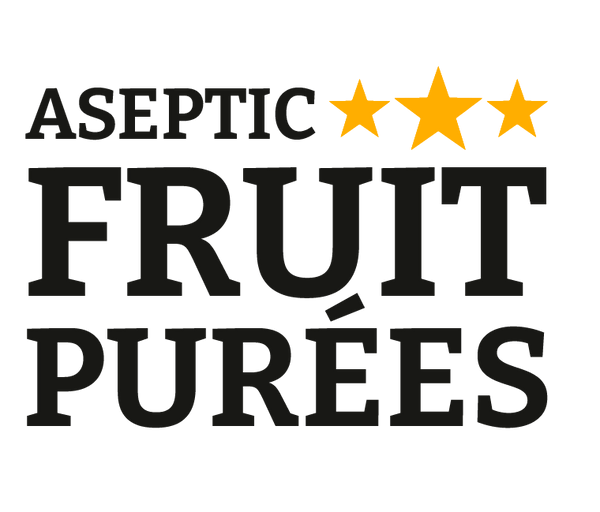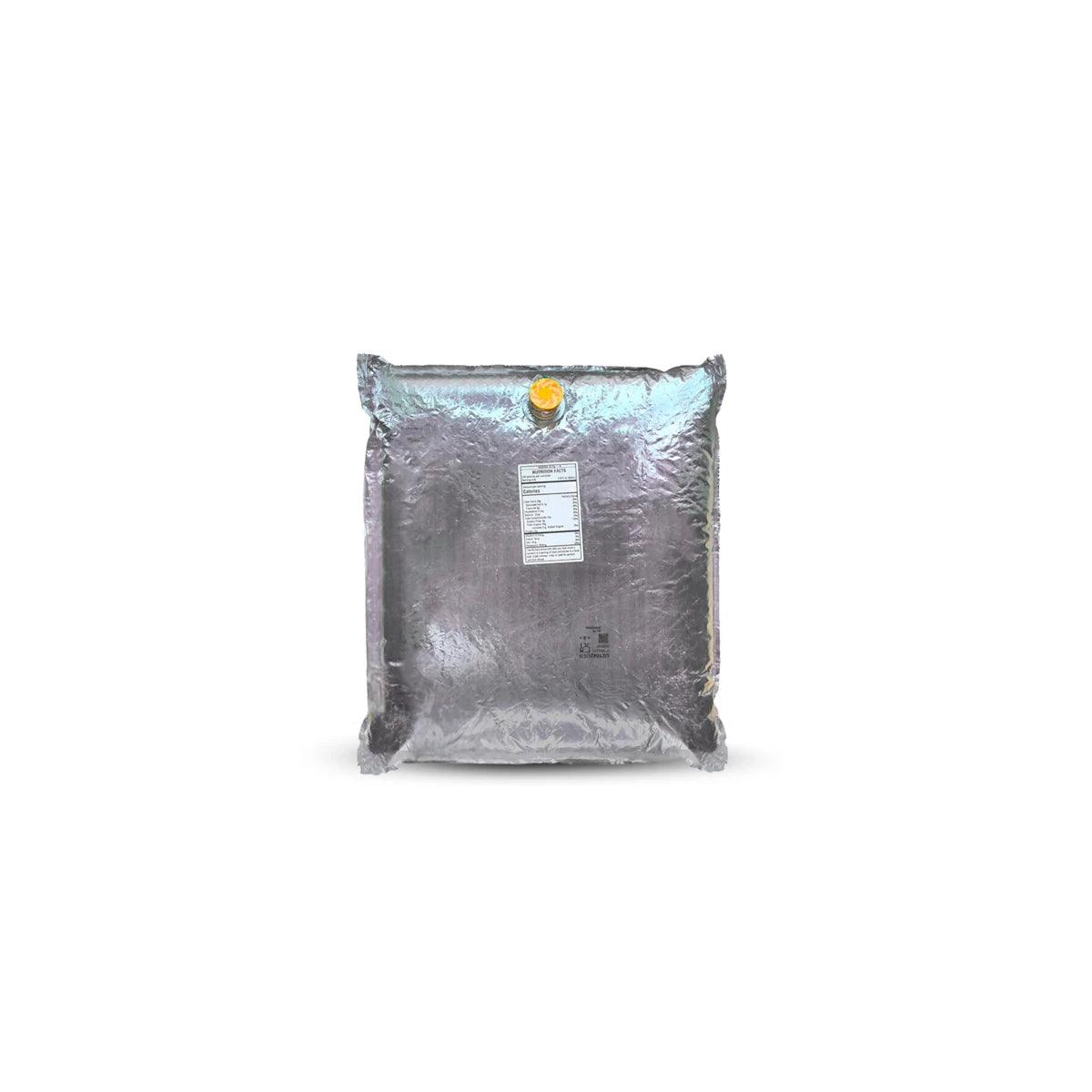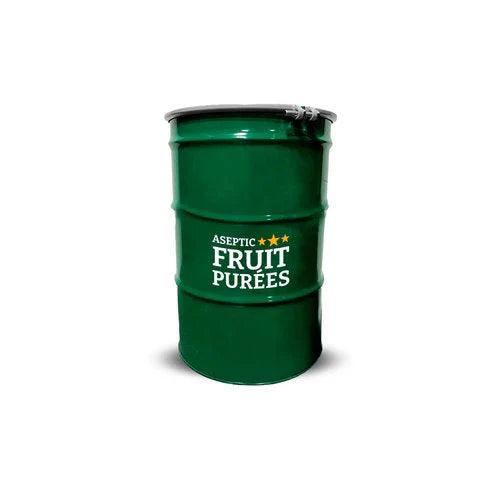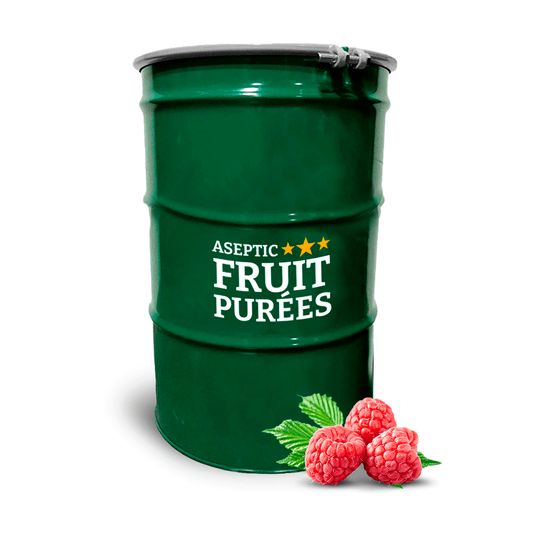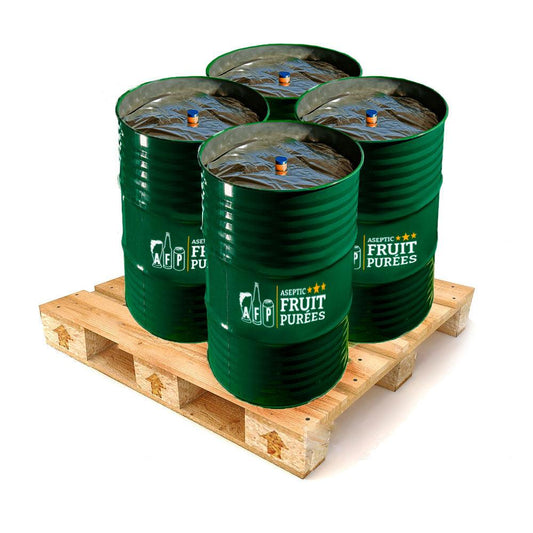Enhancing Kombucha with Aseptic Fruit Purees
Kombucha has become an incredibly popular beverage in recent years due to its purported health benefits and unique taste. It is a fermented tea that is made by combining sweetened tea with a symbiotic culture of bacteria and yeast (SCOBY). Kombucha can be brewed with a variety of different flavorings, and one popular option is fruit purees. Using aseptic fruit purees can be an effective way to add flavor to kombucha at a large scale. In this article, we will discuss how to use aseptic fruit purees when making kombucha at a large scale.
What are aseptic fruit purees?
For those Kombucha brewers that have never used Aseptic Fruit Purees, these are fruit purees that have been sterilized and packaged in a way that prevents contamination. They are usually sold in 44 lbs or 440 lbs containers and can be stored for long periods without spoiling. Aseptic fruit purees are a popular choice for large-scale production because they are easy to use, have a consistent flavor, and can be stored for long periods.
How to use aseptic fruit purees in kombucha
- Start with a high-quality kombucha base
Before adding any fruit purees, it is important to start with a high-quality kombucha base. This means that the tea and sugar mixture has been brewed correctly, and the SCOBY has been allowed to ferment the tea for the appropriate amount of time. A high-quality kombucha base will provide a solid foundation for the flavorings to be added.
- Determine the amount of fruit puree needed
The amount of fruit puree needed will depend on the size of the batch and the desired level of flavor. A general guideline is to use approximately 5-10% fruit puree by weight. For example, if you are brewing a 10-gallon batch of kombucha, you would use 0.5-1 gallon of fruit puree.
- Add the fruit puree during secondary fermentation
The best time to add the fruit puree is during the secondary fermentation stage. This is when the kombucha has already been brewed, and it is ready to be flavored and carbonated. To add the fruit puree, simply pour it into the brewing vessel and stir gently to combine.
- Monitor the fermentation process
After adding the fruit puree, it is important to monitor the fermentation process carefully. The fruit puree will introduce additional sugars and nutrients to the kombucha, which can affect the fermentation process. Make sure to taste the kombucha regularly to determine when it has reached the desired level of carbonation and flavor.
- Package the kombucha
Once the kombucha has reached the desired level of flavor and carbonation, it is ready to be packaged so it may be necessary to transfer the flavored kombucha to smaller bottles or kegs for distribution.
Benefits of using aseptic fruit purees in kombucha production
Using aseptic fruit purees in kombucha production offers several benefits, including:
- Consistency of flavor: Aseptic fruit purees provide a consistent flavor profile, which is crucial for large-scale production. This is because they are made from high-quality fruit that is processed in a way that ensures a consistent flavor. This consistency helps to build a strong brand and satisfy customers.
- Cost-effectiveness: Aseptic fruit purees are a cost-effective way to add flavor to kombucha at a large scale. They are typically sold in large containers, which can be more economical than purchasing fresh fruit. Additionally, aseptic fruit purees have a longer shelf life than fresh fruit, which can help reduce waste and save money in the long run.
- Convenience: Aseptic fruit purees are easy to use and require no additional preparation. This saves time and effort in the production process, especially when compared to using fresh fruit, which requires washing, peeling, and cutting.
- Extended shelf life while unopened: Aseptic fruit purees have a longer shelf life than fresh fruit, which means they can be stored for longer periods without spoiling. This can help reduce waste and ensure a consistent supply of ingredients for kombucha production.
- Reduced risk of contamination: Aseptic fruit purees are sterilized and packaged in a way that prevents contamination. This reduces the risk of spoilage and contamination, which can be a problem when using fresh fruit in kombucha production.
In terms of the market, the benefits of using fruit flavored kombucha are these:
- Variety: Offering fruit-flavored kombucha can provide customers with a wider range of options to choose from, which can help attract new customers and keep existing customers interested in the product. By offering a variety of fruit flavors, kombucha producers can cater to a wider range of tastes and preferences.
- Nutritional benefits: Fruit-flavored kombucha can provide additional nutritional benefits, as fruit is a good source of vitamins, minerals, and antioxidants. Depending on the fruit used, the kombucha may also provide additional health benefits, such as anti-inflammatory or immune-boosting properties.
- Marketing opportunity: Fruit-flavored kombucha can be a great marketing opportunity, as it allows producers to highlight the natural and healthy ingredients used in the product. By emphasizing the use of real fruit and the health benefits of kombucha, producers can attract customers who are interested in natural and healthy products.
Overall, using aseptic fruit purees in kombucha production offers many benefits that can help improve the efficiency ,consistency and for getting new customers.
